New Era of Drone Operations: The FAA’s Remote ID Mandate
A significant milestone in the integration of drones into national airspace, the Federal Aviation Administration (FAA) Remote Identification (Remote ID) regulations for drones will come into effect tomorrow, March 16th, 2024. These rules represent a major leap forward in ensuring the safety, security, and accountability of drone operations across the United States.
Remote ID acts as a digital license plate for drones, enabling identification of unmanned aircraft in flight as well as the location of their control stations. This initiative is aimed at addressing security concerns and paving the way for more advanced drone operations, including flights over people, at night, and beyond the visual line of sight (BVLOS) of the operator.
The Remote ID for drones was originally supposed to be implemented by the FAA with a compliance date of September 16, 2023. However, this deadline was extended by six months due to challenges faced by drone pilots and the industry. The new enforcement date set by the FAA is now March 16, 2024. The extension was granted to give drone pilots more time to comply with the new regulations due to the limited availability of broadcast modules and the lack of approved FAA-Recognized Identification Areas (FRIAs).
The FAA has made it clear that no further extensions will be granted beyond this new deadline. After March 16, 2024, operators who aren’t compliant with the Remote ID regulations could face fines and suspension or revocation of pilot certificates.
The Genesis of Remote ID
The concept of Remote ID has been in the pipeline for several years, driven by the rapid proliferation of drones for both recreational and commercial purposes. As drones began to share the sky with manned aircraft, the need for a regulatory framework to manage this coexistence became increasingly evident. Remote ID is the FAA’s response to this challenge, crafted after extensive consultation with industry stakeholders, privacy advocates, and security agencies.
READ MORE: FIRMWARE UPDATE TURNS DJI MINI DRONES NON-COMPLIANT FOR COMMERCIAL USE
What the Remote ID Rules Entail
According to the FAA’s Remote ID rules, most drones operating in U.S. airspace will need to broadcast Remote ID information. Specifically, the following drones will be required to comply with the Remote ID regulations:
- All drones weighing more than 0.55 pounds (250 grams) and less than 55 pounds (25 kg) that are registered with the FAA and used for commercial, public safety, or recreational purposes.
- Drones weighing less than 0.55 pounds (250 grams) that are operated under the FAA’s Part 107 commercial drone rules.
However, there are a few exceptions to the Remote ID requirements:
- Drones weighing less than 0.55 pounds (250 grams) that are flown strictly for recreational purposes under the Exception for Recreational Flyers.
- Drones operated by the U.S. Government, including the military and federal law enforcement agencies.
- Drones flown within FAA-recognized identification areas (FRIAs), which are designated locations where Remote ID is not required, such as certain educational institutions or community-based organizations.
It is important for drone operators to familiarize themselves with the Remote ID rules and ensure that their drones comply with the regulations to avoid potential fines and penalties.
READ MORE: DJI CLARIFIES MINI DRONES COMPLIANCE: A CLOSER LOOK AT REMOTE ID REGULATIONS
This Remote ID technology will broadcast information such as the drone’s identification, location, altitude, and the location of the drone’s operator. The rules categorize drones into three main groups:
- Standard Remote ID Drones: These drones broadcast identification and location information directly from the aircraft.
- Drones with a Remote ID Broadcast Module: This category is for drones without built-in Remote ID capability, where a separate module can be attached to the drone to comply with the regulations.
- FAA-Recognized Identification Areas (FRIAs): Drones that do not have Remote ID can only be flown in designated areas approved by the FAA, where they do not need to broadcast their information.
Note: drones that weigh less than 250 grams but that are flown for commercial purposes or under Part 107 need to broadcast Remote ID as well.

The Impact on the Drone Industry
The introduction of Remote ID is poised to have a transformative impact on the Drone Industry. By enhancing the safety and security of drone operations, it opens the door to a host of opportunities previously deemed too risky or complex.
For instance, drone delivery services, large-scale agricultural surveillance, and infrastructure inspection can be carried out with greater efficiency and reduced risk.
Moreover, the rules are expected to foster innovation within the Drone Technology sector, as manufacturers work to develop new Remote ID solutions and enhance the capabilities of unmanned aircraft systems (UAS).
Challenges and Criticisms
While the Remote ID rules have been largely welcomed by the aviation and security communities, they have not been without criticism. Privacy advocates expressed concerns over the potential for surveillance and data collection, emphasizing the need for strict guidelines on how the transmitted information is used and protected.
Additionally, the cost of compliance could pose a barrier for hobbyists and smaller drone operators. Retrofitting existing drones with Remote ID technology or purchasing new compliant models may be financially burdensome for some.
Looking Ahead
As the Remote ID regulations prepare to take effect, the FAA is working closely with drone manufacturers, operators, and other stakeholders to ensure a smooth transition. Training programs, educational resources, and compliance assistance are being rolled out to facilitate adherence to the new rules.
The implementation of Remote ID is a crucial step towards the safe and efficient integration of drones into the national airspace. It not only enhances the security of drone operations but also lays the foundation for the future of aviation, where unmanned and manned aircraft seamlessly coexist. As this new chapter in aviation history unfolds, the potential for innovation and growth within the drone industry is boundless.
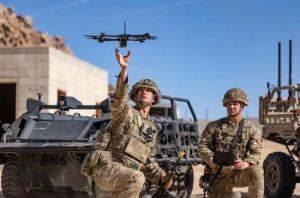


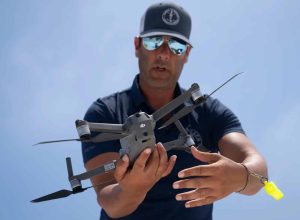

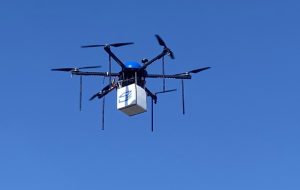

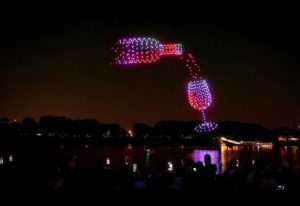
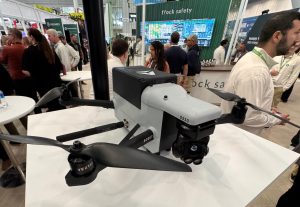
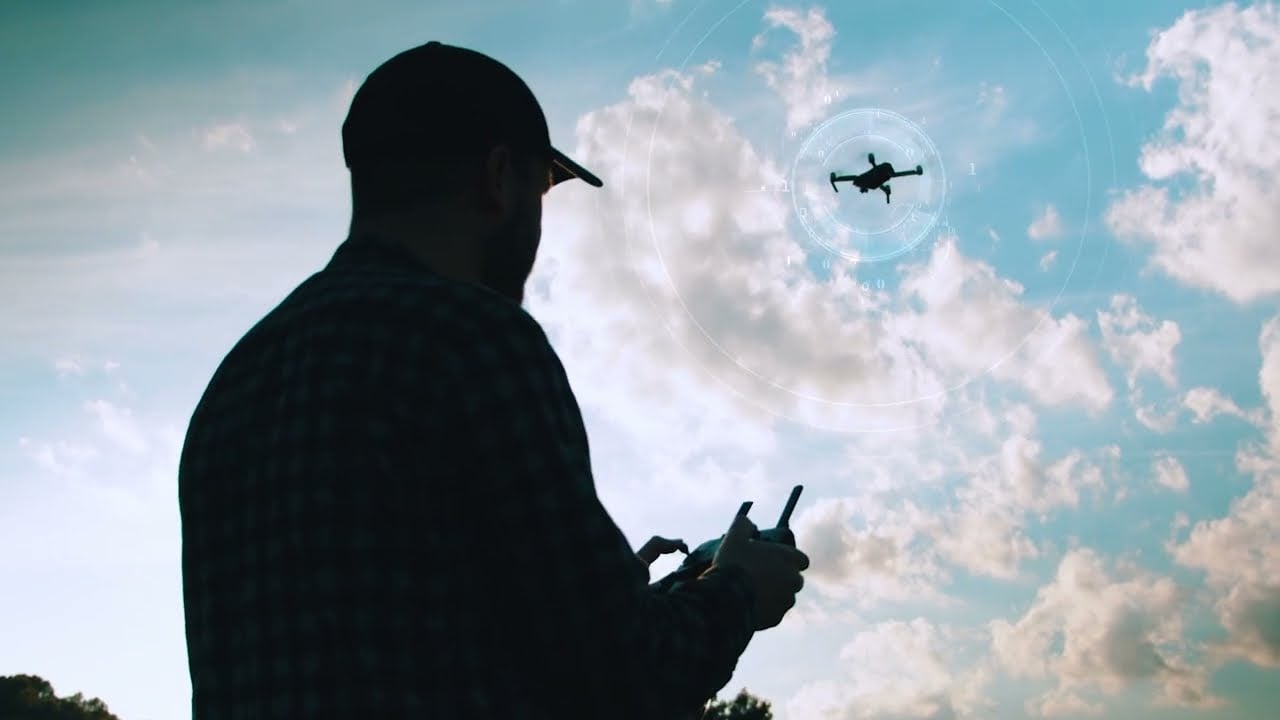

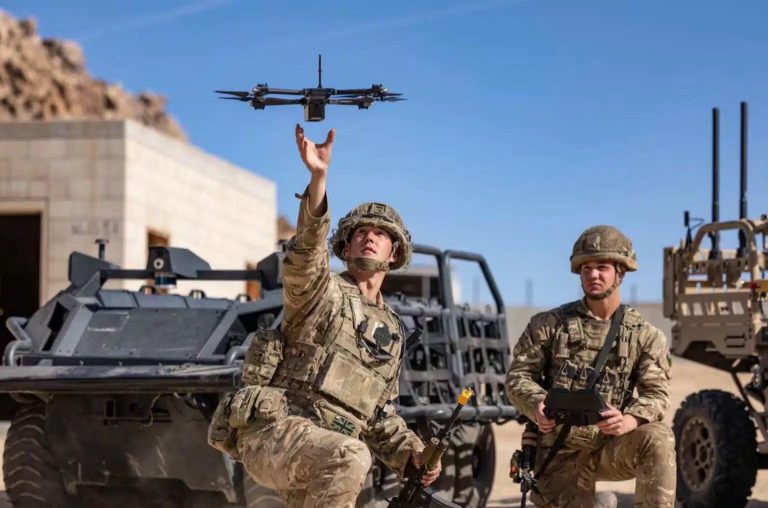



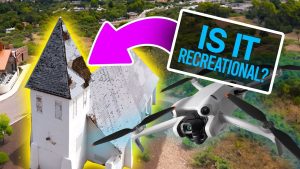
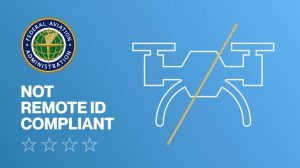
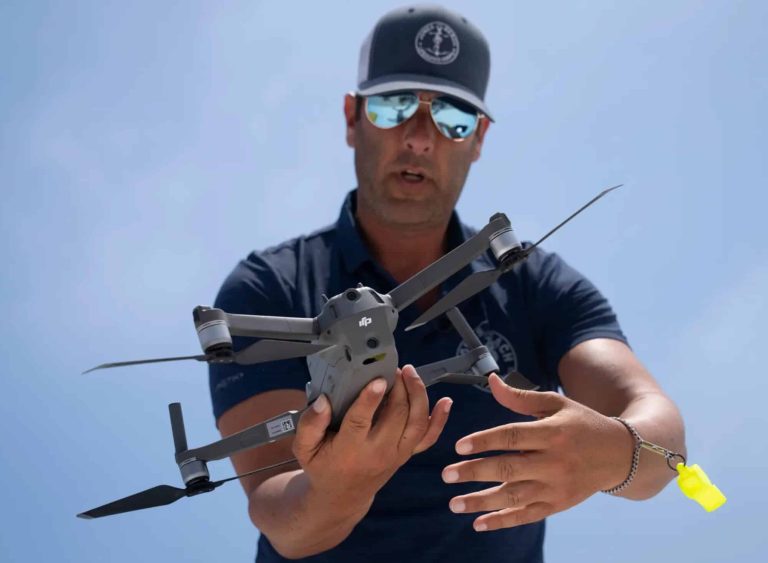


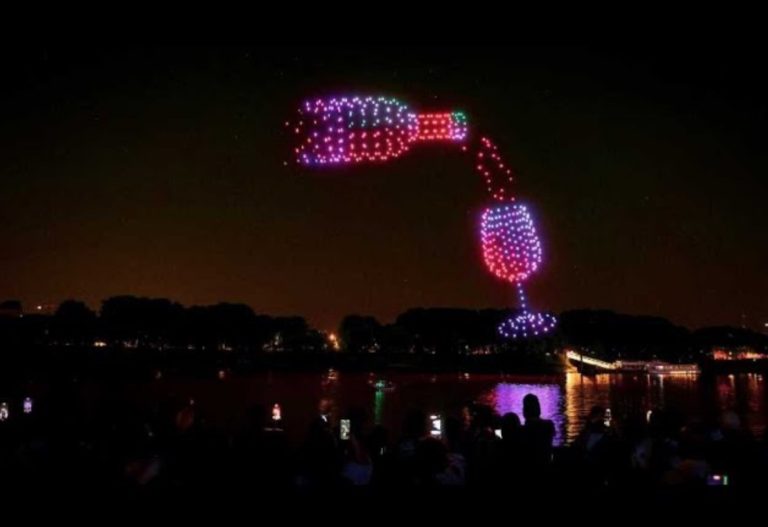
+ There are no comments
Add yours